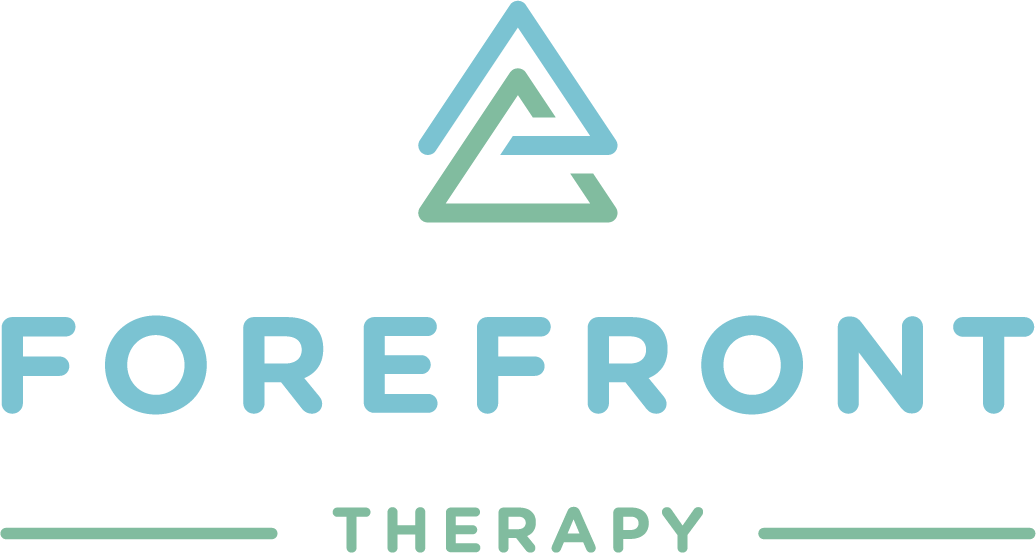Welcome to the world of schools, where backpacks brim with wonder and lunchboxes hold the promise of midday lunch and recess! Imagine the school day as a sensory experience for our children's developing minds – from following instructions to navigating social interactions, each moment is full of sensations and experiences. However, for some, the challenge begins with the simple act of sitting still in rigid chairs or figuring out the teacher directions even when the friend next to them is breathing loudly or the kid behind keeps touching them.
Picture our children's sensory systems as cups, gradually filling with experiences throughout the day. For some, uncomfortable seating or overwhelming instructions can rapidly overflow their sensory cup, impacting focus, learning, and engagement.
Sensory playgrounds are not mere play areas – they are sanctuaries where children socialize, strengthen their bodies, and sharpen cognitive skills. Swings, climbs, and races become more than just fun; they offer essential tactile, proprioceptive, and vestibular input, supporting children experiencing sensory overload.
Breaks and recess aren't just breaks—they supercharge performance! Kids who take regular breaks rock better attention and focus. Swinging and other playground fun release dopamine, the brain's motivation booster.
Playing outside boosts brainpower! Running around helps kids think better, which is key for school success. Sensory playgrounds are like brain gyms, helping kids tune in and focus. When senses work together, kids can ace class activities and handle emotions like champs!
Here are some tips for sensory playgrounds in the schools:
Swings: Install swings that provide vestibular input, helping children regulate their nervous system, increase balance, and support their visual and spatial awareness while having fun.
Balance Beams and Climbing Structures: Include balance beams and climbing structures to encourage proprioceptive input and improve body awareness, sense of self and support their coordination.
Nature Exploration Areas: Integrate natural elements like trees, rocks, and water features to engage children in sensory-rich experiences, fostering a deeper connection with the environment.
Calming Corners: Designate quiet corners or alcoves within the playground equipped with cozy seating and soothing sensory materials like for children who need a break from sensory overload.
Water Play Areas: water play areas could be lots of fun and a great way to support regulation for some kids
Accessible Design: Ensure playground equipment and layouts are accessible to children of all abilities, including those with sensory processing differences
Remember, understanding and addressing sensory needs through climbing, swinging, and play activities significantly contribute to a child's overall well-being and academic performance. Remember, the playground isn't just a play area; it's a sensory sanctuary!
About the author:
Jackeline Yagual, MSOT, OTR/L is a bilingual Pediatric Occupational Therapist who completed her masters and undergraduate degrees at the University of Southern Indiana. She is originally from Ecuador and grew up sharing her parent's passion for their family business which specializes in creating developmentally appropriate and sensory based environments for children. She moved to Evansville to further her education and commitment to helping children through up to date sensory integration practices. She is very compassionate and attentive to families and strives to support caregivers in the process!
Disclaimer: The information provided in this blog post is intended to offer general insights into sensory-based occupational therapy and its potential benefits for children. Individualized care and professional assessment by a qualified sensory-based Occupational Therapist (OT) are essential to understanding and addressing the specific needs of each child. The content presented here should not be considered a substitute for personalized guidance from a healthcare professional. For personalized guidance, individualized care, and a thorough assessment of your child's needs, consult with a qualified sensory-based Occupational Therapist (OT) and email us at info@forefronttherapy.org or jackie@forefronttherapy.org


